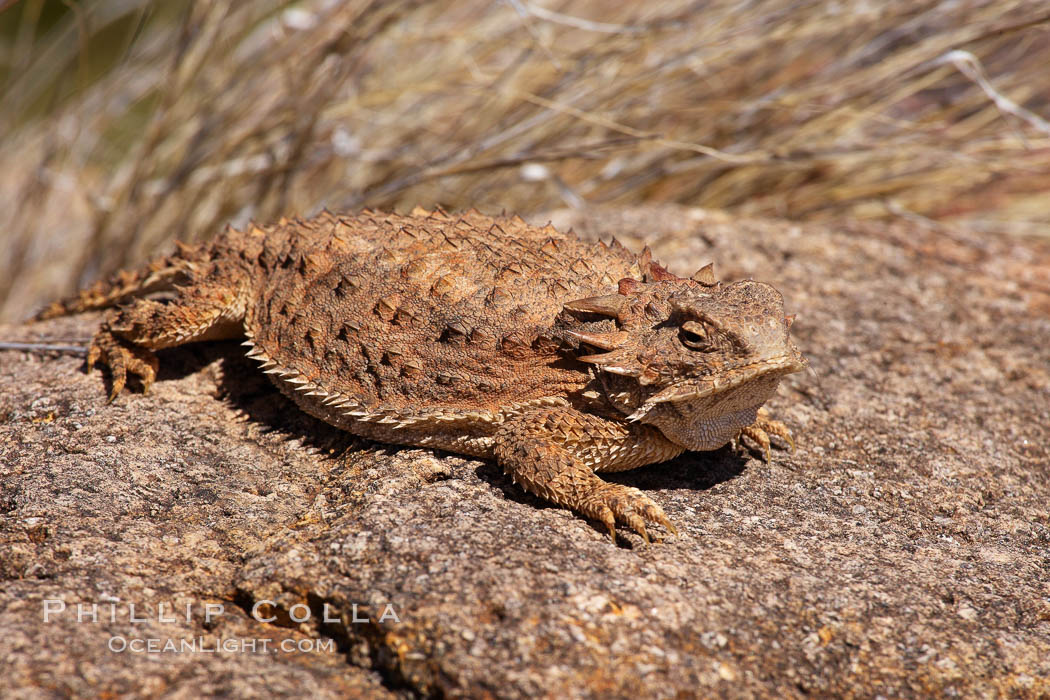When we were kids we loved catching what we called “horny toads.” (Look, wiseguy, we were 6 years old at the time and couldn’t pronounce “horned”.) We would find them in chapparal and open areas in Newport Beach where I grew up. The little horned lizards (Phrynosoma) weren’t particularly fast, and were safer to catch than rattlers (we caught of few of those too). The squat horny toads looked fat and ran funny. They were easy to catch with our bare hands. They would squirt blood out of their eyes on us, a defensive mechanism that several species of horned lizards possess. After getting a few drops of blood on us, we let the little guys go where we found them. Fast forward 35 years. I now understand that some horned lizard species are now highly threatened, feeding exclusively on certain ant species that themselves are disappearing due to development and loss of habitat. As the tract homes arrive, away go the native ants and thus the horny toads. I’ve been trail running for years and can only recall seeing one horny toad in the last ten years ago. So I was pleasantly surprised to find a horned lizard on Bill Forbes’ property, and to get a few photos of it.
Horned lizard. When threatened, the horned lizard can squirt blood from its eye at an attacker up to 5 feet away.
Image ID: 22964
Species: Horned lizard, Phrynosoma
Location: Amado, Arizona, USA
Shot at Bill Forbes’ Pond at Elephant Head, which I visited and described recently.




